An irresistible attraction for the romantic soul, an exciting destination for the explorer, a delicious destination for the gourmet, Paris has the answer to all, and much more. The subject of innumerable films and love stories, background for the jazz age during the twenties, European capital of fashion and art, it’s the perfect place to discover on a weekend getaway, or a longer travelling venture across French culture. As with any large city, however, the way you experience it depends largely on how much time you have at hand. In the case of massive tourist attractions such as the Louvre, try to limit your curiosity to a few specific features, in order to make the visit more feasible. If your time is truly limited, monuments such as Notre Dame or indeed the Louvre are so impressive in themselves, that it can often suffice to admire them from afar, maybe sat at a café with a glass of wine.
To begin your Parisian experience, you should climb your way up to the Sacré-Cœur Basilica, a marvellous example of meringue-topped magnificence. The panorama on offer is a great opportunity to size up the city, and try to contemplate it all in one go, the Eiffel Tower as striking as a solitary sentinel above the rooftops. Wandering through the winding streets of the Montmartre quarter, guided by the sight of the pearly white domes of the Basilica, you can easily understand why the area has always been a gathering point for artist, who’ve flocked here from all over, no doubt attracted by the ubiquitous beauty and surprisingly not too expensive prices. It’s an excellent place to find a little café for a spot of lunch.
In order to arrive to Montmartre, you would normally walk through the Pigalle quarter, famous for being the place where the red-light activities of the city take place, as well as being a perfectly civilised neighbourhood full of family homes. It is also the site of the world-known Moulin Rouge, where the art of cabaret was created. The lovely ladies of the can-can still perform for tourists today, in a vibrant rendition of the fin de siècle atmosphere. Not far from the Moulin Rouge lie the Galeries Lafayette Haussmann, an impressive example of art nouveau decorative style. Opened in 1912 this ancient department store mesmerises even the most uninterested shopper, with its impressive iron and glass dome, and its arched structure rather reminiscent of a classic theatre. To relax the eyes after so much razzle dazzle, why not go for a peaceful walk along the wonderfully kept paths of Parc Monceau, a charming English-style public garden filled with trees, luscious lawns and even an artificial lake, framed by weeping willows and a colonnade.
Only a couple of streets beyond the park you will encounter the Arc du Triomphe, one of the city’s best-known monuments. You can reach the centre by walking down one of the underground pedestrian subways, as it is one of the busiest junctions in Paris, and from there you can move on down the Champs-Élysées: according to the French, “the most beautiful avenue in the entire world”. You will then have reached the banks of the Seine, from which you can enjoy a most typical Parisian view, wherever you are. In the vicinity of the Notre Dame cathedral there is a bookshop that is particularly picturesque, with rickety shelves winding up to the ceiling, and even, I believe, a cat: definitely worth popping in, if you have a couple spare minutes.
Before packing your suitcase and leaving a piece of your heart in the city of lights, you should also pay a visit to the Quartier Latin, the old remnants of pre-revolutionary Paris, with is narrow streets, tiny cafés, and lively atmosphere, due to the high concentration of students in the area. And, of course, do not miss a midnight stroll, allowing your breath to be taken by the vision that is the Eiffel Tower, shimmering in all its beauty against the jet-black sky.

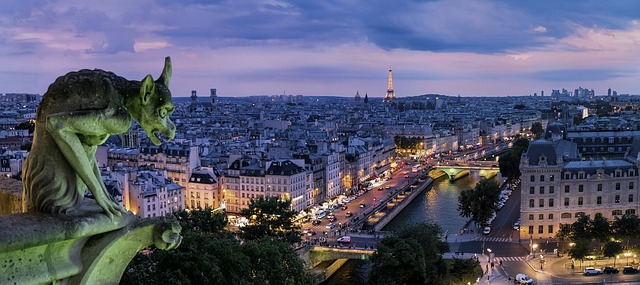

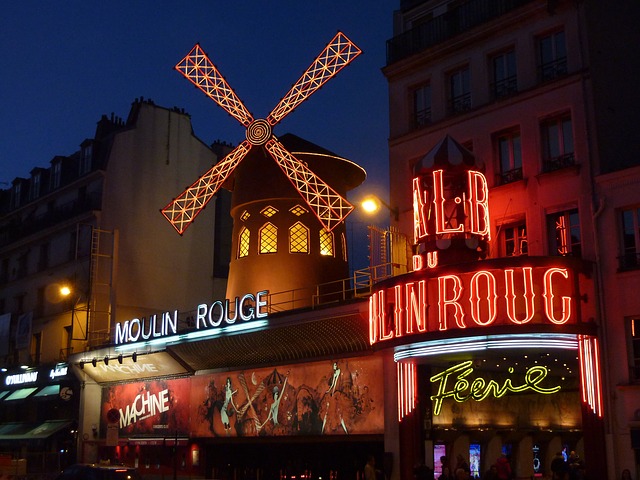


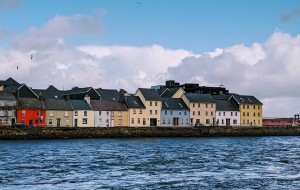
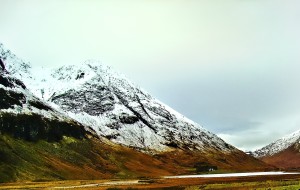
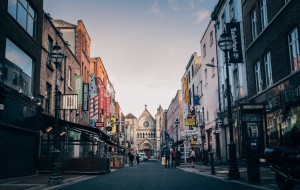
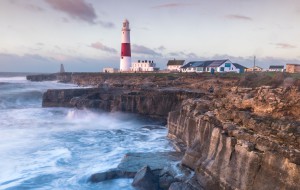
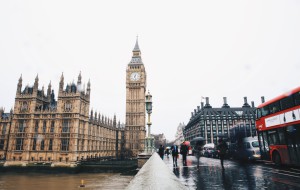
Comments are closed.